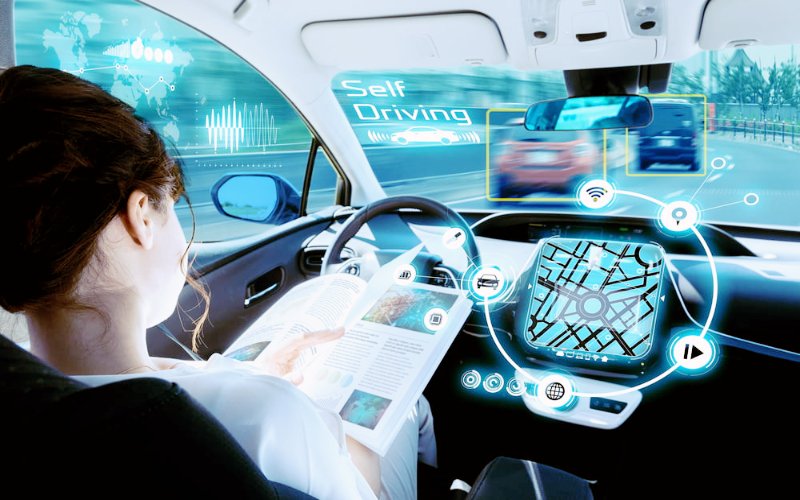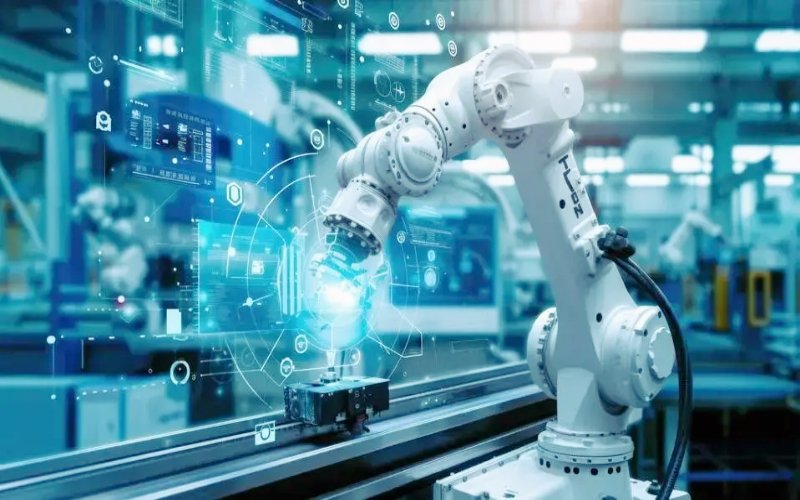The future of autonomous vehicles is one of the most talked-about topics in the tech and automotive industries. As we inch closer to a world where cars drive themselves, it’s clear that this technology will have a profound impact on our daily lives. In this article, we’ll explore the various aspects of this future, from technological advancements to ethical concerns, and what it all means for the way we move.
The Current State of Autonomous Vehicles
How Far Have We Come?
Autonomous vehicles (AVs) have come a long way from being a distant dream to becoming a tangible reality. Today, we see various levels of automation in vehicles, from basic driver-assistance systems to fully autonomous prototypes. Companies like Tesla, Waymo, and Uber are at the forefront of this revolution, pushing the boundaries of what’s possible in the future of autonomous vehicles.
Challenges Along the Way
Despite the progress, there are still significant challenges to overcome before we see widespread adoption. Technical hurdles, such as perfecting perception systems and ensuring reliable decision-making, remain major obstacles. Moreover, regulatory issues and public skepticism continue to slow down the deployment of autonomous vehicles.
The Timeline for Full Autonomy
When Will We See Fully Autonomous Cars?
Predicting when we will see fully autonomous cars on the road is difficult. Industry experts have varying opinions, but most agree that large-scale deployment of Level 4 (high automation) and Level 5 (full automation) vehicles could be a reality by the 2030s. However, this timeline is fluid and depends on technological breakthroughs and regulatory developments.
Factors Influencing the Timeline
Several factors are influencing the timeline for the future of autonomous vehicles. These include advancements in artificial intelligence, the development of supportive infrastructure, and the evolution of consumer trust in autonomous technology. Each of these elements plays a crucial role in determining when we’ll see AVs become a common sight on our roads.
How Artificial Intelligence is Used in Self-Driving Cars
AI: The Brain Behind Autonomous Driving
Artificial intelligence (AI) is the backbone of autonomous vehicles, enabling them to perceive their environment, make decisions, and learn from experience. AI systems in AVs use vast amounts of data collected from sensors to identify objects, predict their movements, and navigate complex traffic scenarios.
Machine Learning and Continuous Improvement
Machine learning, a subset of AI, is particularly crucial for improving the performance of autonomous vehicles over time. By continuously analyzing data from real-world driving situations, these systems can learn to handle increasingly complex and varied conditions. However, the reliance on AI also raises concerns about transparency and accountability.
Ethical and Legal Implications of Autonomous Vehicles
Who’s Responsible in an Autonomous World?
The future of autonomous vehicles raises important ethical and legal questions. As machines take on the responsibility of driving, issues of accountability and decision-making become more complex. If an autonomous vehicle is involved in an accident, determining who is to blame—whether it’s the manufacturer, the software developer, or the owner—becomes a legal challenge.
Programming Ethical Decisions
Beyond legal liability, there are ethical dilemmas related to how autonomous vehicles should be programmed to respond in life-threatening situations. Should a car protect its passengers more than people walking.How should it handle scenarios where harm is unavoidable? These are complex issues that require careful consideration as we move toward a future where AVs are commonplace.
The Future of Monetization Models for Autonomous Vehicles
Shifting from Ownership to Access
As the future of autonomous vehicles unfolds, traditional car ownership models may no longer apply. In a world of robo-taxis and autonomous trucks, pay-per-use and subscription models are gaining traction. These new monetization strategies reflect the changing nature of vehicle use in an autonomous world.
Regional Differences in Monetization
Different regions may adopt different monetization models based on cultural preferences and economic factors. For example, while North American consumers might lean toward pay-per-use models, European markets may favor pay-per-trip options. These variations will shape how the future of autonomous vehicles will be monetized globally.
Infrastructure Needs for Autonomous Vehicles
Building Smart Roads for Smart Cars
For autonomous vehicles to operate effectively, significant infrastructure upgrades are needed. Current roadways, traffic signals, and communication networks are not designed with AVs in mind. Developing smart infrastructure, such as connected traffic lights and dedicated AV lanes, will be crucial for the safe and efficient deployment of autonomous vehicles.
Vehicle-to-Everything (V2X) Communication
The future of autonomous vehicles also hinges on the development of vehicle-to-everything (V2X) communication systems. These systems allow AVs to interact with their surroundings in real-time, improving safety and traffic flow. Governments and private companies will need to invest heavily in these areas to ensure that the infrastructure is ready for the autonomous future.
Environmental Impact of Autonomous Vehicles
Reducing Emissions with Autonomous Driving
One of the most significant benefits of autonomous vehicles is their potential to reduce greenhouse gas emissions. By optimizing driving patterns, reducing congestion, and enabling car-sharing models, AVs could significantly lower our reliance on fossil fuels and help cities achieve their sustainability goals.
The Role of Electric Autonomous Vehicles
Electric autonomous vehicles, in particular, offer a path toward a cleaner future. With the efficiency gains from autonomous driving—such as smoother acceleration and better route planning—electric AVs could lead to lower energy consumption overall. However, realizing these environmental benefits will require the development of supportive infrastructure, such as charging stations and grid enhancements.
Consumer Acceptance of Autonomous Vehicles
Overcoming Public Skepticism
No matter how advanced the technology becomes, the success of the future of autonomous vehicles ultimately depends on consumer acceptance. While many people are excited about the prospect of self-driving cars, others are skeptical or even fearful. Addressing concerns about safety, privacy, and the loss of control is essential for widespread adoption.
Building Trust Through Transparency
To win over consumers, autonomous vehicle companies must prioritize transparency and education. By clearly communicating the benefits of AVs—such as reduced accidents, lower emissions, and increased mobility for those who cannot drive—they can help ease fears and build trust.
Long-Term Impact of Autonomous Vehicles
Transforming Transportation and Urban Life
Looking ahead, it’s clear that autonomous vehicles have the potential to transform many aspects of our lives. From how we commute and travel to how goods are delivered, the widespread adoption of AVs could lead to significant changes in our daily routines and the broader economy.
Reshaping Cities and Communities
In the long term, the future of autonomous vehicles could help reduce traffic congestion, improve road safety, and even reshape our cities. By reducing the need for parking spaces and enabling new forms of mobility, AVs could contribute to more sustainable and livable urban environments.
Conclusion
The future of autonomous vehicles is both exciting and complex. While there are still many challenges to overcome, the progress made so far suggests that self-driving cars will play a significant role in the future of transportation. By continuing to develop the technology, addressing ethical and legal concerns, and preparing our infrastructure, we can pave the way for a safer, more efficient, and more sustainable future with autonomous vehicles. The road ahead may be long, but the destination promises to be worth the journey.
Also visit on techitl.com.




